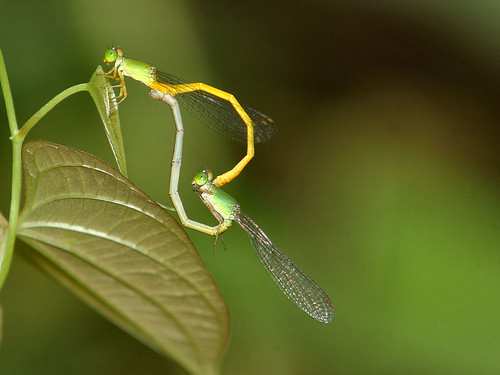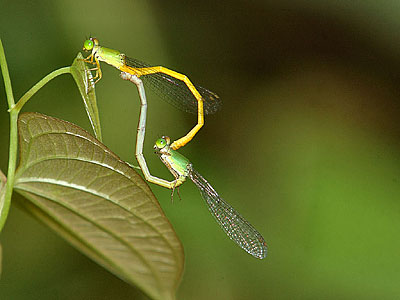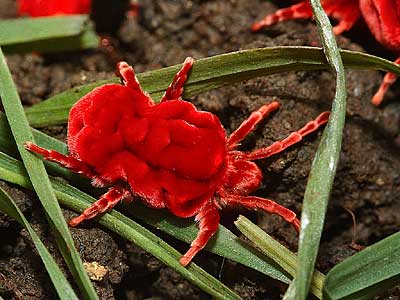
Marsh darts are slender and small damselflies with varied coloration. These non-iridescent damselflies rest with wings closed over their body. The wings are transparent and rounded at the tip. The long and slender abdomen is slightly longer than the hind wing. Some of the smallest damselflies like the Golden Dartlet (Ischnura aurora) is from this family. Marsh Darts are found throughout the world. World over, this family is represented by about 1147 species. Within Indian limits, 65 species are known and in peninsular India 25 species are recorded. The marsh darts breed in a variety of aquatic habitats like ponds, marshes, streams and rivers. Though most of the species are closely associated with aquatic habitats, some species like the Common Marsh Dart (Ceriagrion coromandelianum) can be found far away from any aquatic habitat.
If you are interested you can download the Dragonflies and Damselflies of Peninsular India – A Field Guide. An excellent book which has been released under a Creative Commons license by the Indian Academy of Sciences
P.S. I know about the book because it has some pictures taken by ‘Yours truly’ – including the one depicted above


